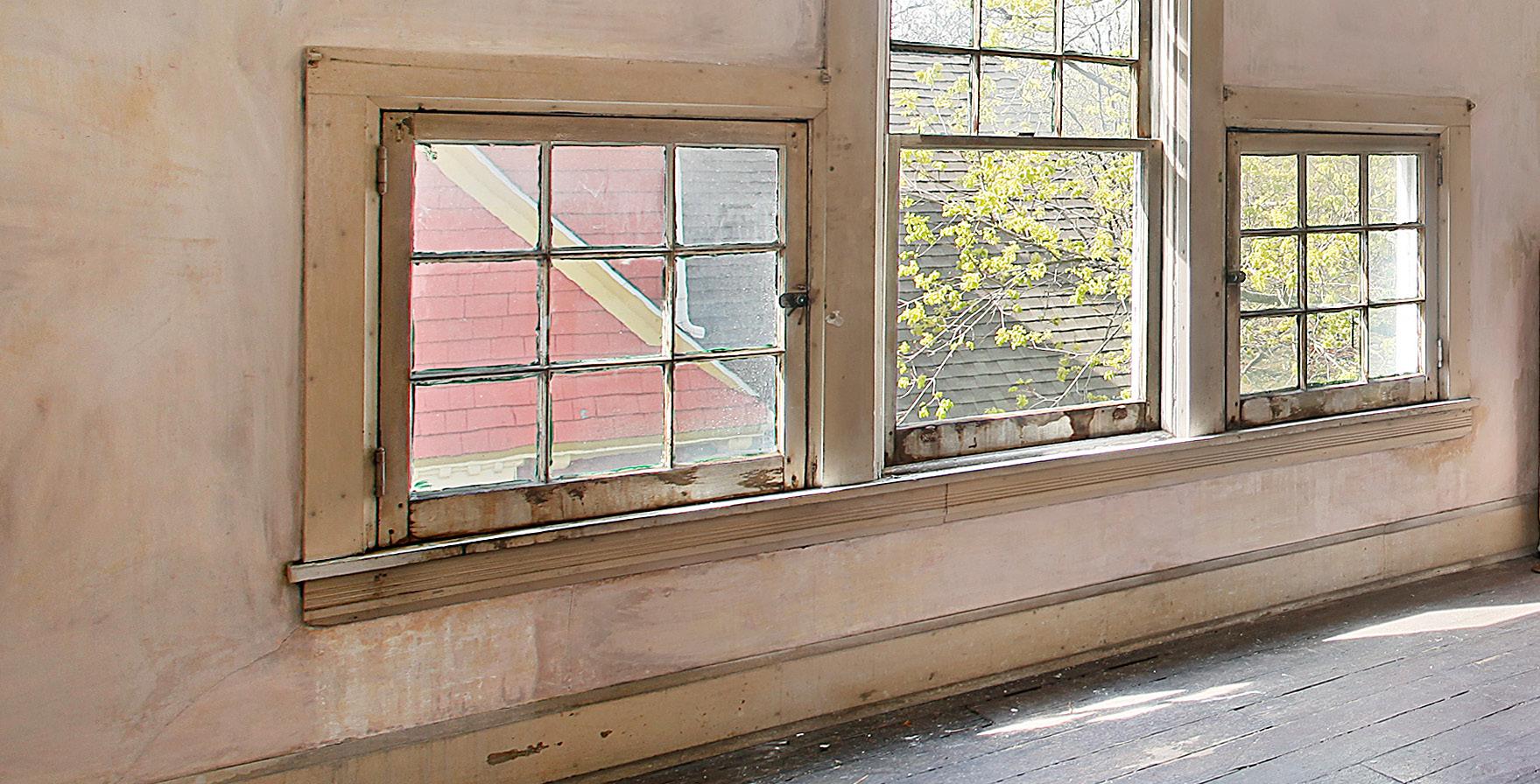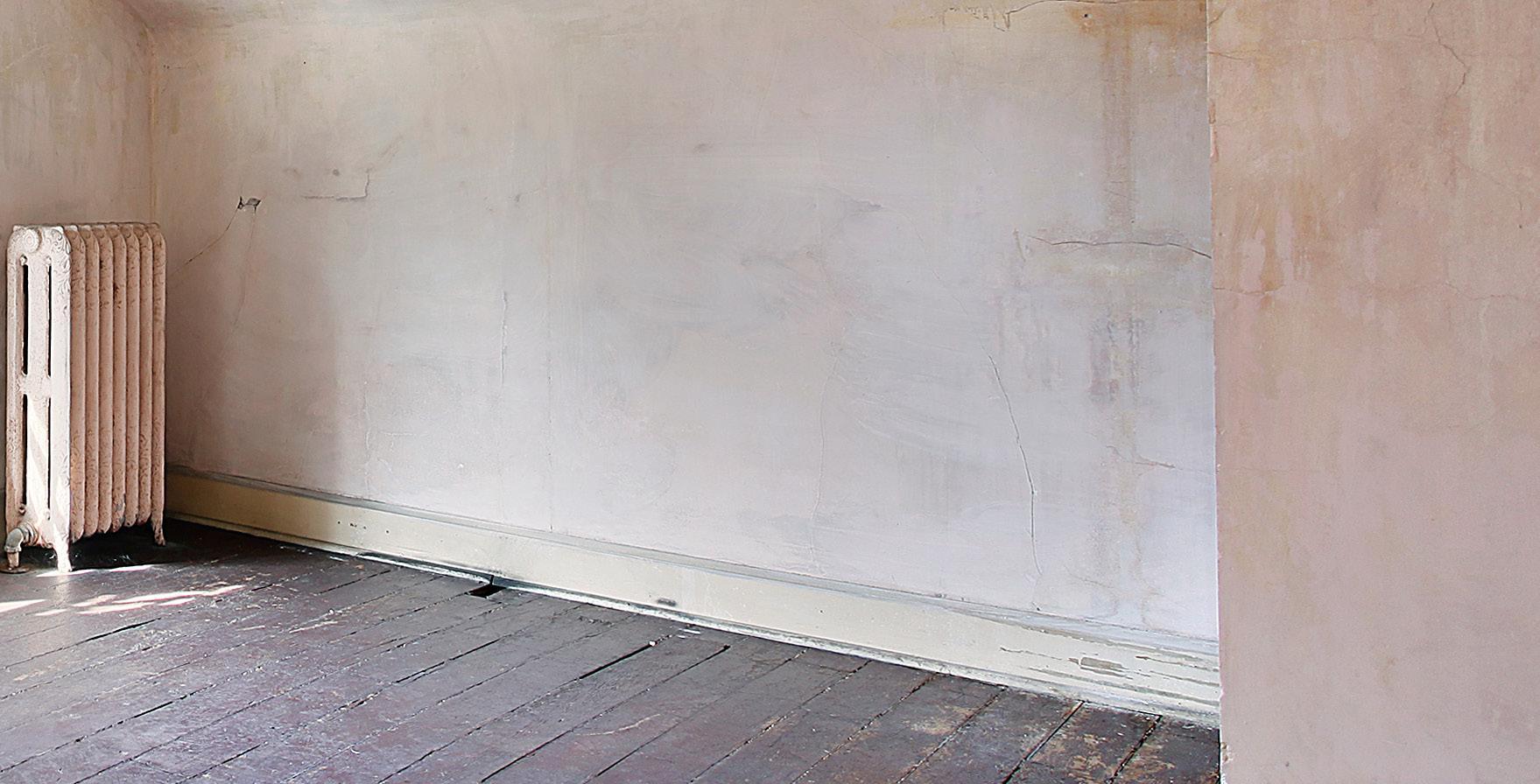
3 minute read
KEYNOTE SPEAKER
Rt Hon Mark Drakeford MS

Advertisement
First Minister of Wales
Building on the initial phases of the Optimised RetroFit Programme (ORP), this one day conference will explore how a whole house, pragmatic approach to decarbonising existing homes is essential across Wales.

Setting out core objectives of the ORP, Rt Hon Mark Drakeford MS will explore the core themes of the programme, including affordable warmth decarbonisation goals and understanding the best pathway to better energy efficiency for social homes and their residents.
The day will consist of a series of keynote speeches, panel discussions and technical seminars, with an exhibition zone running throughout the day.
#HousingCymru
#HousingLeaders housingindustryleaders.com
Five Peculiar Housing Trends According to Housemark
by Floyd March
In the latest installation of the Housemark survey, which sees over 350 members help chart the performance of UK social housing providers, there have been new revelations as policy and regulations tighten across the sector.
Each month, the survey covers 15 key performance metrics, such as tenant satisfaction, complaints, building safety, staffing and repairs; all key aspects of the social housing sector that have come under particular scrutiny over the last few years.
Housemark is a data and insight company for the UK housing sector and is jointly owned by the National Housing Federation and the Chartered Institute for Housing.
Established in 1999, it has around 350 member organisations across housing associations, local authorities and ALMOs in the UK.
Five takeaways show peculiar housing trends
In the March edition, there were five key takeaways, including that of the members surveyed, there were 7500 empty homes, a 25% increase in the number of complaints year on year from February, equating to 41 complaints per 1000 properties overall. Despite reports of anti-social behaviour increasing 30% year on year, there was a 23% drop in emergency call-outs across the members surveyed.

The proportion of social homes let compared to the ratio of homes available to let but are left vacant has widened year on year from February 2022.
The report explained: “Data shows the number of additional empty homes in the social housing sector has risen by 7500.”
Statistics such as this highlight the growing issues surrounding the housing crisis, as the longer homes are left empty, the sooner they turn to disrepair, with a lack of maintenance and general upkeep being the core reason for this.
Clearing bottlenecks still proving too difficult
Additionally, with thousands of people waiting for social housing to become available, serious action is required to get these houses to a standard of habitation, reduce these long waiting lists, and somewhat ease the housing crisis. While fixing this issue can ease the bottleneck of people waiting for accommodation, a rampant increase in the number of houses being built is the only way to truly solve the housing crisis.
Increase in complaints may be due to more complaint awareness
A dramatic 25% rise in the number of complaints being made, increasing to the equivalent of 41 complaints per 1000 households, may indicate a deterioration in the quality of housing stock.

However, on further analysis, while the issues being present shows a lack of quality in housing, the increase in complaints may be due to an increased awareness of the complaints processes and a specific media campaign from the UK government to encourage tenants to make landlords aware of issues.
The report highlighted that 41 per 1000 will likely continue throughout 2023. It stated: “We forecast this will become typical for landlords across the UK for much of 2023 as tenants’ and landlords’ knowledge and use of complaint systems become more widely utilised.”
After wintry conditions experienced across the UK in December and January, February’s dry and mild weather led to a 23% drop in emergency call-outs – with volumes close to the annual average.
The weather played a prominent role in the reduced call-outs, but it can also be because retrofit projects have been rolled out throughout the winter and housing stock, generally speaking, may have improved resilience to adverse weather. Focuses will now be turned to ensuring this number is below the national average as that will be a significant indicator to determine whether resilience has grown. Reports of anti-social behaviour rose sharply by 30% in February 2023 when compared to the same time last year. Determining the direct causes of this is difficult to pin down, with the previous argument of tenants being more aware of the complaints processes potentially playing a significant role in this.
Housing Industry Leaders will continue to report on the Housemarks survey of its members and track the trends in the social housing sector throughout 2023 and beyond.






